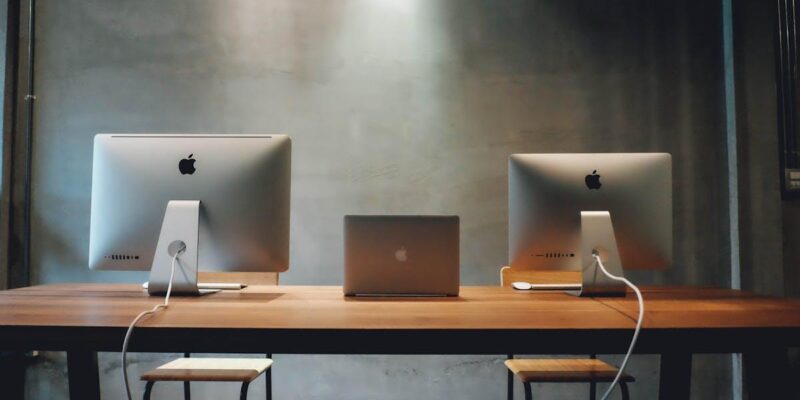The concept of open offices, characterized by large, shared workspaces without dividing walls, has gained significant traction over the past few decades. Originally popularized in the early 20th century, open office layouts were designed to promote collaboration, improve communication, and make better use of space. However, as this trend has proliferated, so have the debates regarding its actual benefits and drawbacks. This article explores the complex dynamics of open offices, examining both their advantages and disadvantages, and considers whether they are the ideal work environment for today’s diverse workforce.
The Allure of Open Offices
One of the primary attractions of open offices is the promise of enhanced collaboration. By removing physical barriers, employees can easily interact, share ideas, and work together on projects. This ease of communication is often cited as a catalyst for innovation, as it allows for spontaneous conversations and quick problem-solving. For companies that thrive on creative processes, such as advertising agencies or tech startups, the open office model can foster a dynamic and vibrant atmosphere.
Another significant advantage is the cost efficiency associated with open offices. Traditional offices with private rooms and cubicles require more materials, construction, and maintenance. In contrast, open spaces can accommodate more employees within the same square footage, reducing real estate costs. This cost-saving aspect is particularly appealing to startups and small businesses that may not have extensive resources for office infrastructure.
Additionally, open offices offer a degree of flexibility that is difficult to achieve in more traditional setups. The absence of permanent partitions makes it easier to reconfigure the workspace as needed, accommodating changes in team size or project requirements. This adaptability is crucial in industries where rapid shifts in focus or personnel are common.
The Downside of Open Offices
Despite these benefits, open offices are not without their critics. One of the most commonly voiced concerns is the issue of noise. In an open office, sounds from conversations, phone calls, and even typing can create a cacophony that is distracting and disruptive. For tasks that require deep concentration, such as programming or writing, this environment can be particularly challenging. Studies have shown that noise pollution in open offices can lead to decreased productivity and increased stress levels.
Privacy is another major concern. In an open office, employees often feel exposed, as they have little control over who can see or hear their activities. This lack of privacy can inhibit candid discussions and may discourage employees from taking necessary breaks or making personal calls. The constant feeling of being observed can also contribute to a decrease in job satisfaction and overall well-being.
Furthermore, the promise of increased collaboration in open offices does not always materialize as expected. While the layout may facilitate more frequent interactions, it can also lead to interruptions that hinder focused work. Employees may find themselves constantly distracted by colleagues stopping by for quick chats or impromptu meetings. These interruptions can fragment the workday, making it difficult to complete complex tasks that require sustained attention.
The Impact of COVID-19
The COVID-19 pandemic has brought new scrutiny to the open office concept. The necessity of social distancing and heightened concerns about hygiene have made shared spaces less appealing. As companies consider returning to the office, many are reevaluating the open office model. Some organizations are exploring hybrid approaches, combining elements of open and private offices to balance collaboration with safety and privacy.
Moreover, the pandemic has accelerated the adoption of remote work, challenging the very premise that physical proximity is essential for effective collaboration. With the widespread use of digital communication tools, many employees have successfully collaborated from their homes, raising questions about the necessity of open office layouts.
The Future of Open Offices
As we move forward, the future of open offices remains uncertain. Some companies may choose to return to the traditional office model, prioritizing private spaces for focused work. Others may stick with the open office layout, believing that the benefits outweigh the drawbacks. A growing trend is the adoption of flexible office designs that incorporate elements of both open and private spaces, allowing employees to choose the environment that best suits their needs at any given time.
In conclusion, open offices represent a double-edged sword in the realm of workplace design. While they offer opportunities for collaboration, cost savings, and flexibility, they also present challenges related to noise, privacy, and productivity. The right choice depends on a company’s specific culture, industry, and the nature of the work being done. As organizations continue to adapt to changing circumstances, the debate over open offices will likely persist, with each business finding its own unique balance.






